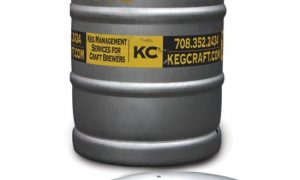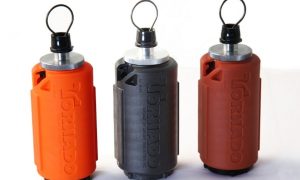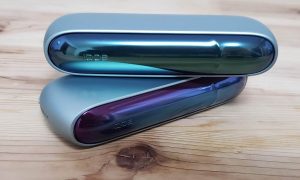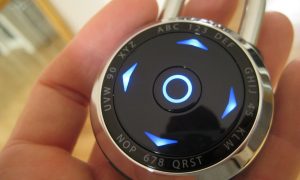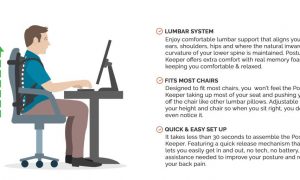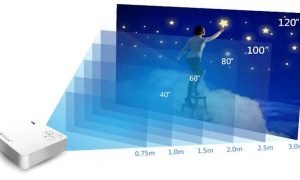The biggest charm of the money market is that you can use margin to trade.
But for many Forex traders, the concept of “margin” is often misunderstood.
The necessary amount of money needed on the account in order to maintain continuous trading behavior is called “margin”.Forex brokers set trading margin requirements for their clients.
Generally the margin is equal to 1-2% of the size of the position. This concept is closely related to the concept of “leverage”.
When you use margin, you are using leverage – you are able to open a position with an amount that exceeds your account amount.
Compared with non-leveraged positions, when trading with leverage, small fluctuations may cause large gains and losses.
Margin Call
A burst position (Margin Call) is permitted margin levels (40% and lower). At this point, the company has the right, but is not responsible for closing all positions of the client due to the client’s lack of available margin.
Let’s take an example to see how this applies to transactions. You have a $ 1,000 deposit and want to trade $ 10,000.
In this case, a 1% margin will be left in your account, which is equivalent to $ 100. This is your used margin.
In your terminal “Trading” window, you can see “Balance”, “Share Capital” and “Available Margin”.
Your free margin is always “Capital” minus “Used Margin”. The leverage is 100: 1, because you only use $ 100 and you are trading at 10,000.
The remaining 99% are provided by Forex brokers. Margin is used to protect the security of the broker when the market is unfavorable to your position.
Brokerage companies will generally require margin levels.
For example, if it is 20%, you will get a margin call when the account equity funds fall to 20% of the margin (in our example mentioned above, 20% of 100 dollars is 20 dollars).
In this case, your broker will warn you, suggesting that you need to close the position or deposit more money to meet the minimum margin requirements.
Also, note that if your deposit to loss ratio reaches what is called a “stop loss level”,the broker must close your position at the current market price.
If the stop loss is equal to 10%, the situation of closing the position will happen when your capital drops to 10% (10% of the margin). Sometimes margin calls and stop-loss level occur at the same time,
If it falls to 100% of the minimum trading requirement, the trade will be closed without warning.
Stop Out Level
Stop Out level is the minimum allowable margin level (20% and lower). The trading program will start to close the client’s positions one by one (the first position close is the largest floating loss) to prevent further losses, resulting in a negative balance (less than $ 0).
Margin requirements, margin calls, and stop loss levels are set by the brokerage firm for each account type and displayed on their website.
As a trader, you need to avoid the margin and stop loss levels as much as possible.






